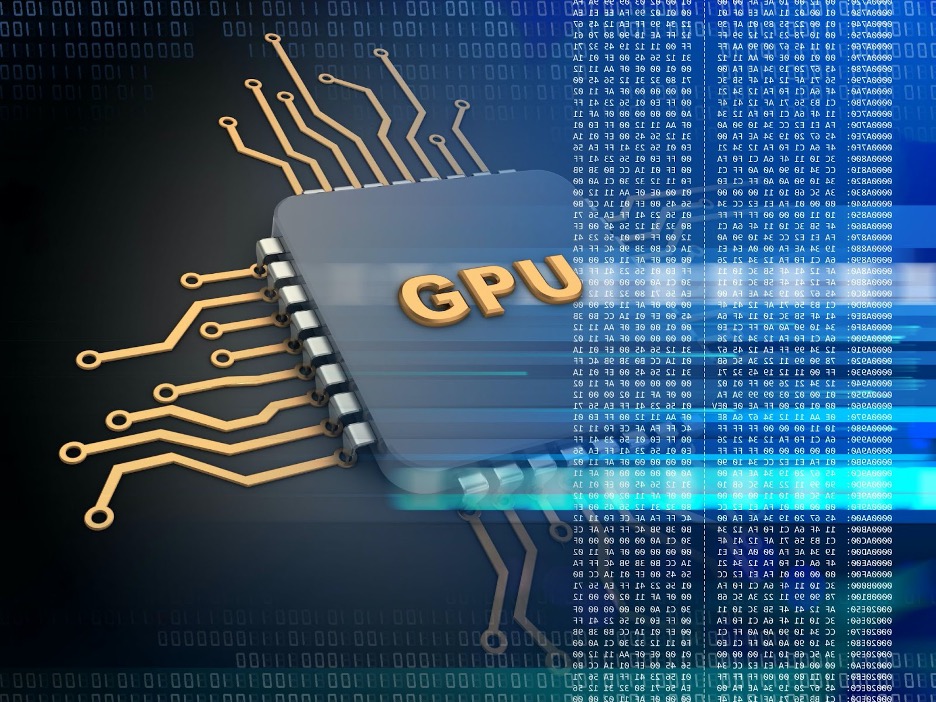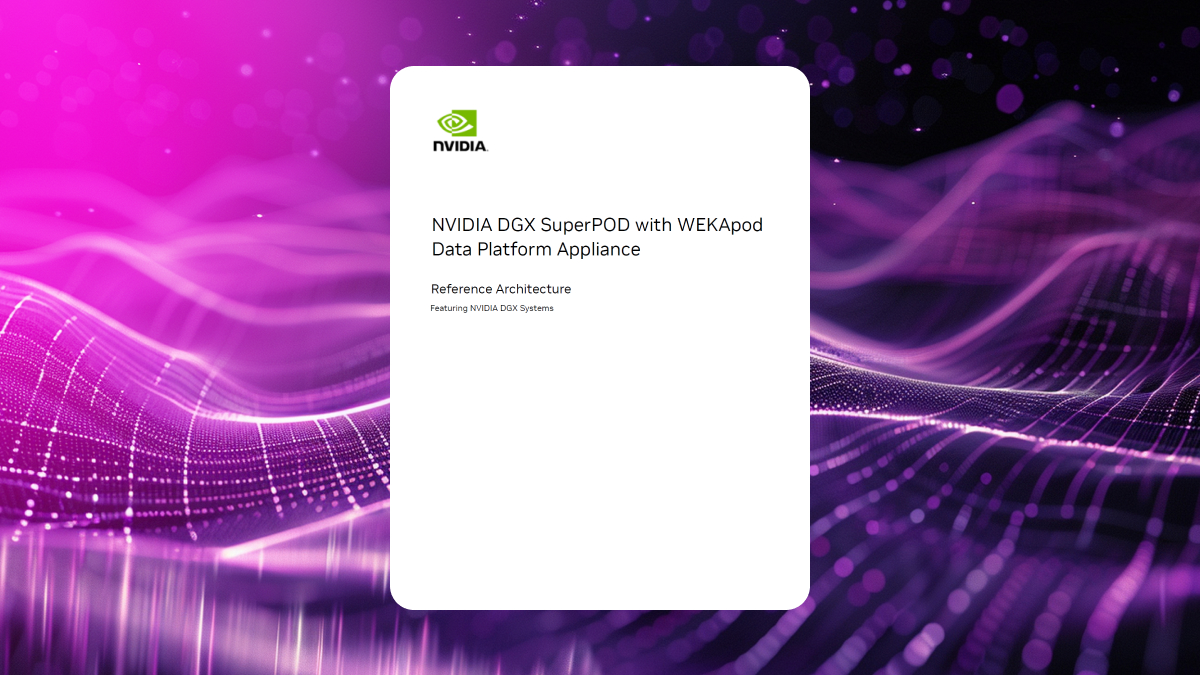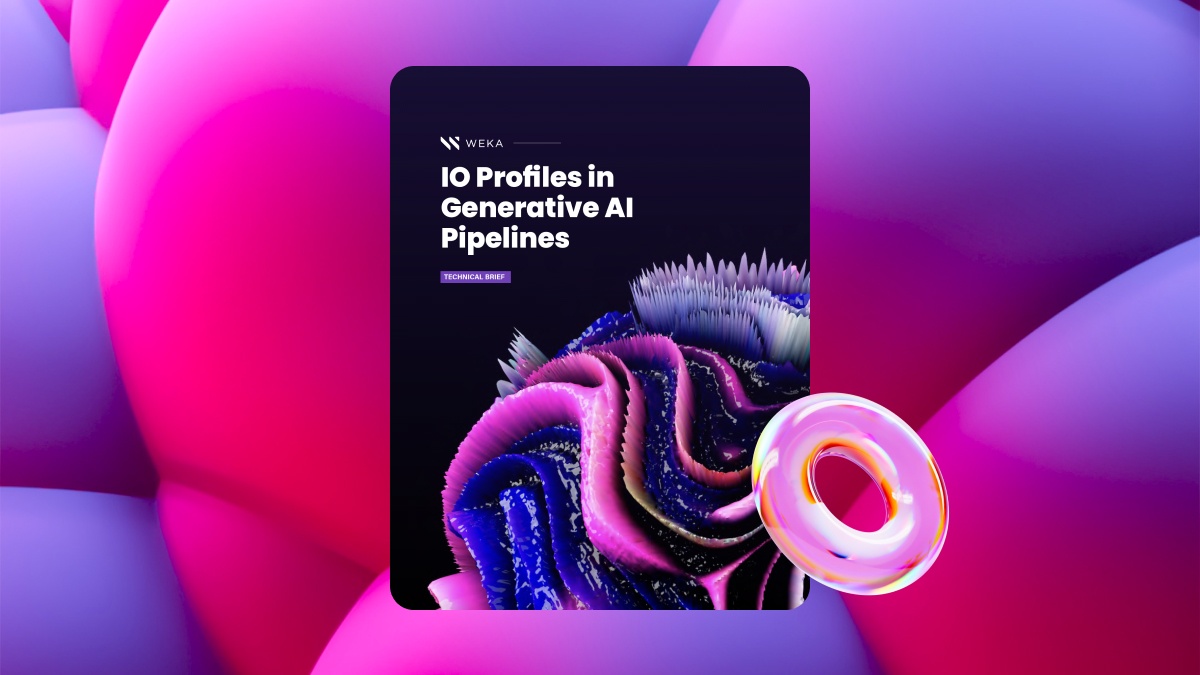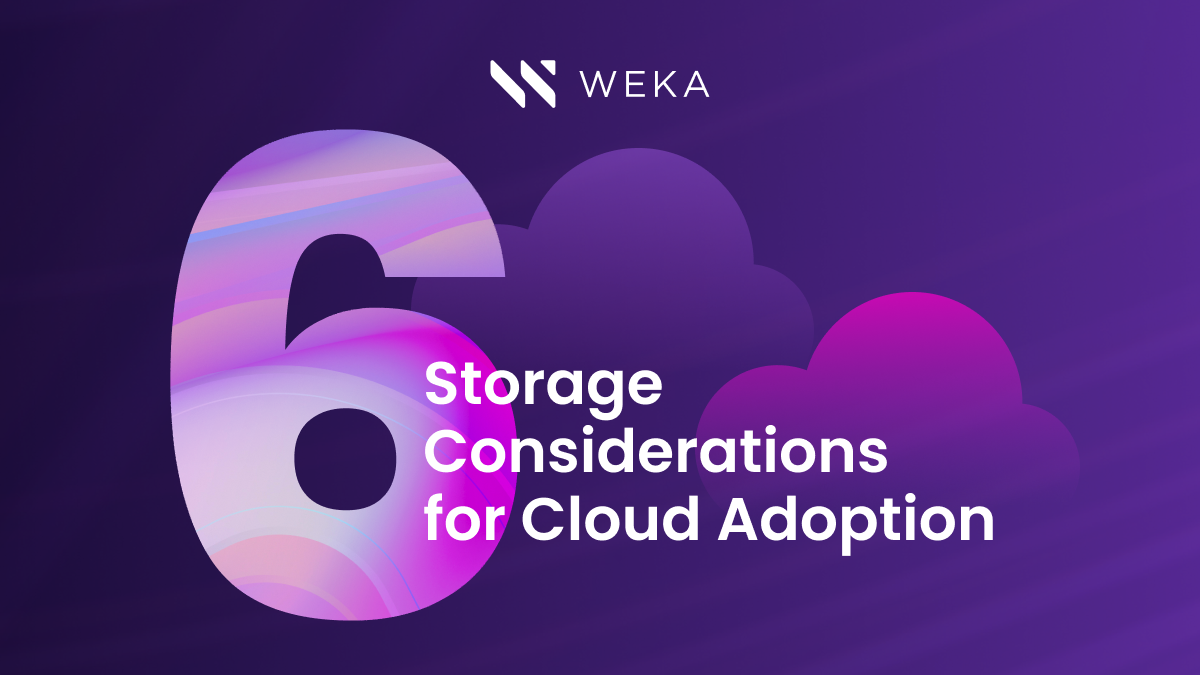GPU Acceleration for High-Performance Computing

Are you interested in GPU Acceleration? We explain what it is, how it works, and how to utilize it for your data-intensive business needs.
What is GPU acceleration? GPU acceleration is the practice of using a graphics processing unit (GPU) in addition to a central processing unit (CPU) to speed up processing-intensive operations. GPU-accelerated computing is beneficial in data-intensive applications, such as artificial intelligence and machine learning.
What Is a GPU and How Is it Different from a CPU?
Computers, no matter if it’s a laptop, a server, or a mobile device, are made up of some core hardware. The heart of any computer is its central processing unit (CPU). The CPU handles all the computation, data processing, and logical operations that make everything, from compiling and executing programs to drawing images on a monitor, possible.
Most CPUs excel at multitasking because a CPU must manage such a diverse set of input and output devices. That is, a CPU can rapidly load, execute, and unload commands from memory across multiple applications several thousands or millions of times per second. This is why you can run various programs at the same time without noticing any decrease in performance.
While a CPU is incredibly useful for this kind of multitasking ( or in many cases, complex mathematical operations), it doesn’t necessarily excel in areas like large data throughput for processing. In essence, the very reason a CPU is excellent for general computing, or multitasking, makes it less than ideal for working across large volumes of data, performing similar functions simultaneously.
Enter the graphics pocessing unit (GPU). GPUs are an alternative to CPUs that can push vast amounts of processed data when needed—which is often the case for graphics and gaming.
What are the differences between a CPU and a GPU that make that possible?
- A CPU has one or more cores that handle threads of execution. Each core can control the data loading from memory, code execution, and data unloading. More specifically, CPU cores are tuned to manage more complex operations involving moving data between local registers, L1, L2, and L3 caches, RAM, and hard disk storage while rapidly navigating between application tasks. As such, they can manage complex serial operations more quickly and with more power, but they struggle with high-volume processing.
- A GPU, on the other hand, contains exponentially more cores than a CPU. These cores are much simpler and less powerful than a CPU core. Instead of relying on computing power to function, GPUs rely on these numerous cores to pull data from memory, perform parallel calculations on it, and push the data back out for use. As such, these cores emphasize performing a similar set of parallel processes on the data at high volume.
Because of their architecture, GPUs are excellent at processing data where a small set of relatively simple computations must be repeated over an extensive collection of data. This architecture comes from the world of gaming and graphics processing—rendering images or 3D models requires the fast computation of a relatively small set of equations, and a strong GPU can run these equations across incoming data more quickly than a CPU. This is why graphics cards for consumer-grade PCs come equipped with a GPU to supplement the computer’s CPU for gaming and imaging purposes.
CPU vs. GPU explained with the best use cases.
What Is GPU Acceleration and What Are Its Components?
In some cases, it’s not enough to simply rely on a CPU or a GPU alone. This is where GPU acceleration comes in.
Before we discuss GPU acceleration, it’s essential to differentiate concepts like hardware acceleration and CPU overclocking. The latter is often a consumer practice of accelerating the clock cycles of a CPU to operate above manufacturer-recommended boundaries. Hardware acceleration is the process of configuring applications to offload specific computing tasks onto hardware that has been purpose-built for those tasks.
Following that definition, we can further define GPU acceleration as the practice of offloading suitable computing tasks from a CPU and onto a GPU. Such tasks would include computationally intense processes that require parallel processing for optimal performance: graphics rendering, gaming, and the like.
GPU acceleration, like hardware acceleration more broadly, has a small set of components:
- The CPU: It perhaps goes without saying, but in GPU acceleration scenarios, you’ll find a CPU in place to handle general computing and to control offloading to the GPU for predetermined tasks.
- Field Programmable Gate Arrays: These semiconductors leverage a hardware description language (HDL) to control the flow of acceleration of algorithms between the CPU and the GPU.
- Application-Specific Integrated Circuits (ASIC): These circuits are specialized to handle numerous, parallel operations simultaneously (much like the GPU). Rather than the high-performance computing of a GPU, the ASIC performs a single operation effectively and can add speed and efficiency to specific procedures, supplementing the CPU and GPU.
- The GPU: The GPU will receive specific commands from the CPU via the gate arrays and perform specialized computations as needed.
While this seems relatively simple, it’s important to note that this acceleration happens at the hardware level. Unlike software acceleration, which relies on the software to determine where acceleration should occur, hardware acceleration encodes that information into the logic gates of the hardware.
Where Is GPU Acceleration Used?
GPU acceleration is essential because it allows computers to speed up processes that work similarly to graphical processing. Acceleration boosts the speed of execution for complex computational problems that can be broken down into similar, parallel operations.
Some of the primary applications you will find implementing GPU acceleration include the following:
- Machine Learning and AI: Machine-learning algorithms, particularly reinforcement and deep learning, utilize neural-network architecture to power learning methods for complex tasks and data sets. These neural network “brains” rely on breaking down complicated processes into simple, similar tasks to facilitate learning—a technique ideally suited for GPU acceleration.
- IoT Computing: Devices at the edge of IoT networks rely on rapid computing, sometimes combined with AI, to take input from sensors, process it into actionable information and make decisions based on that information. Acceleration provides practical high-performance computing within these devices to support responsiveness and accuracy.
- Bitcoin Mining: The entire premise of the Bitcoin network is that the network members provide computing power to help solve cryptographic hashes that verify transactions. To incentivize this effort, Bitcoin will automatically release bitcoins to computers solving more of these hashes. Incidentally, the computation needed for servers to solve hashes fit nicely with GPU architecture and hardware acceleration.
- Life Science Analytics: Data analysis and modeling on complex data sets can take huge computing power. GPU acceleration helps fill the gap in the processing effort. Its parallel processing architecture is perfectly suited to work in areas like genomic sequencing.
Rely On High-Performance Computing with GPU Acceleration Support from WEKA
Machine learning, AI, life science computing, IoT: all of these areas of engineering and research rely on high-performance, cloud-based computing to provide fast data storage and recovery alongside distributed computing environments.
WEKA has made it its mission to create the best-in-class high-performance cloud computing platform available for some of the most complex workloads in the world. Our WEKA platform includes the features researchers and engineers need to successfully deploy complex applications and workflows in the cloud.
Our features include the following:
- Autoscaling storage for high-demand performance
- On-premises and hybrid-cloud solutions for testing and production
- Industry-best, GPUDirect Performance (113 Gbps for a single DGX-2 and 162 Gbps for a single DGX A100)
- In-flight and at-rest encryption for GRC requirements
- Agile access and management for edge, core, and cloud development
- Scalability up to exabytes of storage across billions of files
This setup includes existing modules that support GPU acceleration in host computers.
To discover how WEKA will empower your high-performance workloads, contact us and learn more.
Additional Helpful Resources
NVIDIA GPUDirect® Storage Plus WEKA™ Provides More Than Just Performance
NVIDIA and WEKA DGX POD Reference Architecture
GPU in AI, Machine Learning, and Deep Learning
How GPUDirect Storage Accelerates Big Data Analytics
Kubernetes for AI/ML Pipelines using GPUs
Why GPUs for Machine Learning? A Complete Explanation
CPU vs. GPU: Best Use Cases for Each





